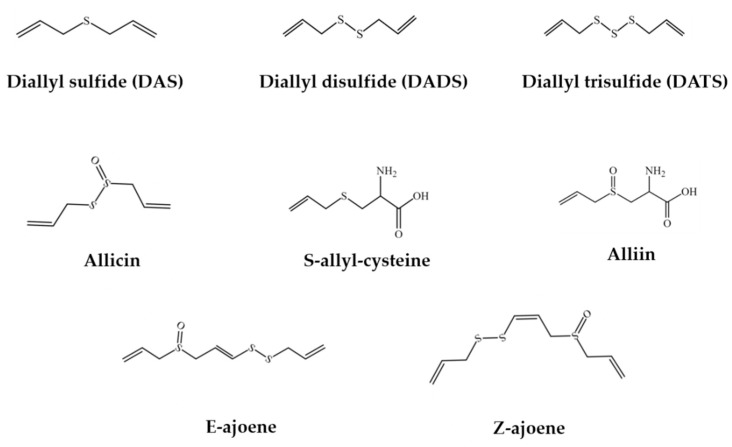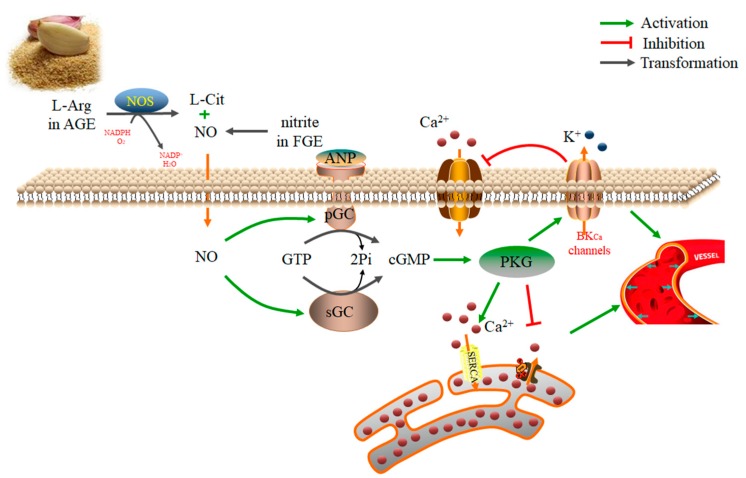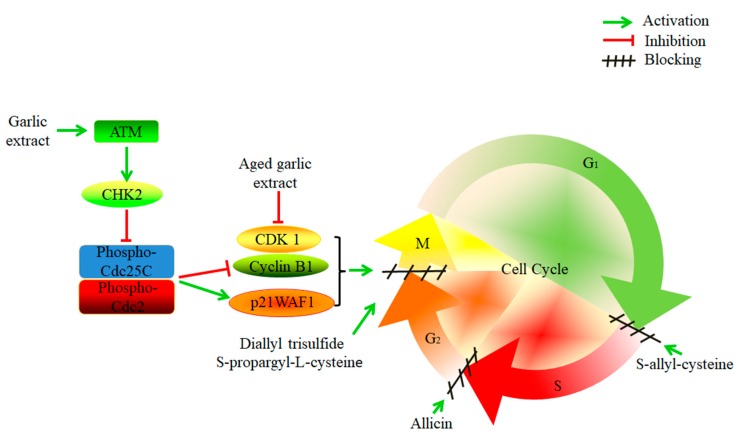Shang Ao, et al.
Foods, 2019
Abstract
Garlic (Allium sativum L.) is a widely consumed spice in the world. Garlic contains diverse bioactive compounds, such as allicin, alliin, diallyl sulfide, diallyl disulfide, diallyl trisulfide, ajoene, and S-allyl-cysteine. Substantial studies have shown that garlic and its bioactive constituents exhibit antioxidant, anti-inflammatory, antibacterial, antifungal, immunomodulatory, cardiovascular protective, anticancer, hepatoprotective, digestive system protective, anti-diabetic, anti-obesity, neuroprotective, and renal protective properties. In this review, the main bioactive compounds and important biological functions of garlic are summarized, highlighting and discussing the relevant mechanisms of actions. Overall, garlic is an excellent natural source of bioactive sulfur-containing compounds and has promising applications in the development of functional foods or nutraceuticals for the prevention and management of certain diseases.
Keywords
anticancer; antimicrobial; antioxidant; cardiovascular protection; garlic; health benefits; organic sulfides; phytochemicals.
Conflict of interest statement
The authors declare no conflict of interest.Figures

The chemical structures of the main organosulfur compounds in garlic.

The mechanisms of the antihypertensive properties of garlic extract via increasing the production of nitric oxide (NO) in vascular smooth muscle cells. The

The mechanisms of garlic and its active compounds on the inhibition of the cell cycle in cancer cells. Garlic extract activated ataxia-telangiectasia mutated (ATM) and checkpoint kinase 2 (CHK2), and inhibited the phosphorylation of Cdc25C and Cdc2, which down-regulated cyclin B1 and up-regulating p21WAF1, thereby inhibiting the cell cycle in the G2/M-phase. Aged garlic extract can down-regulate Cyclin B1 and Cyclin-dependent kinase 1 (CDK1) and block the cell cycle in the G2/M-phase. Diallyl trisulfide and S-propargyl-
| PMID: | 31284512 |
|---|---|
| DOI: | 10.3390/foods8070246 |
| PMCID (Free PMC Article): | PMC6678835 |
Previous article
In Vitro and In Vivo Immunomodulator Activities of Allium sativum L.

























































